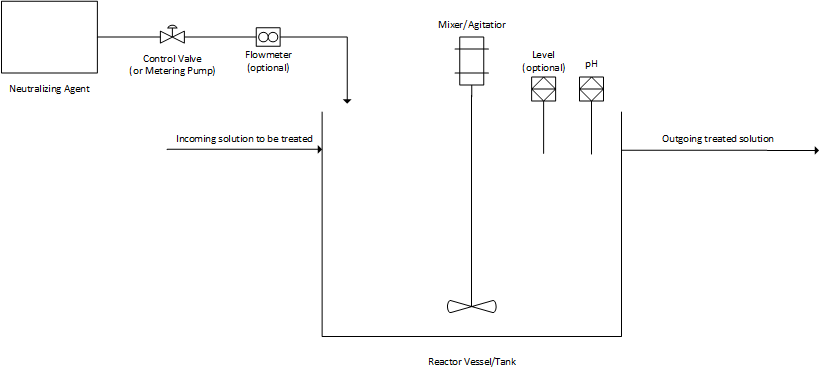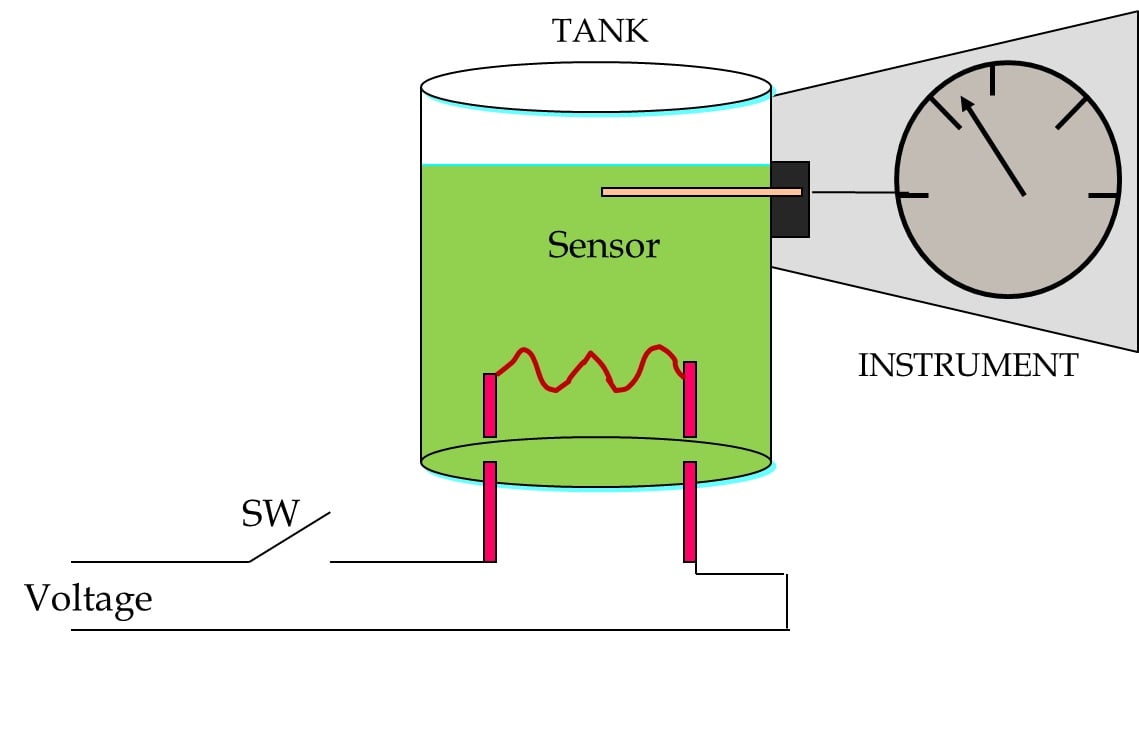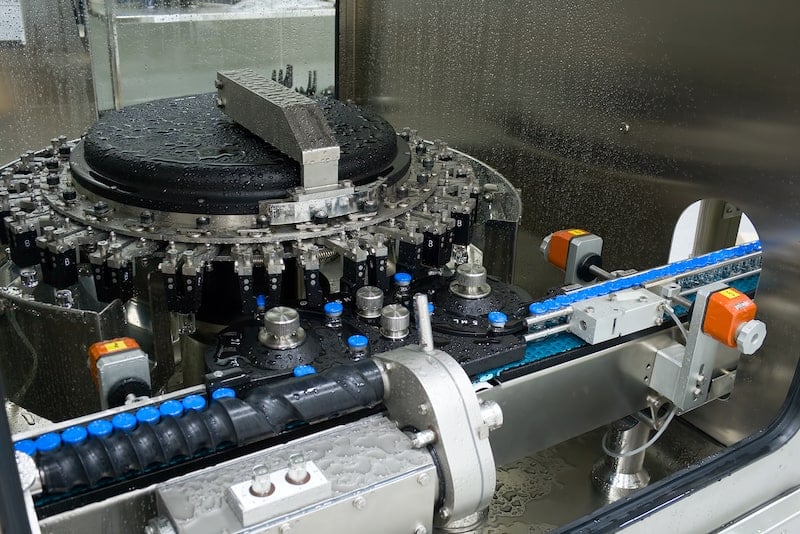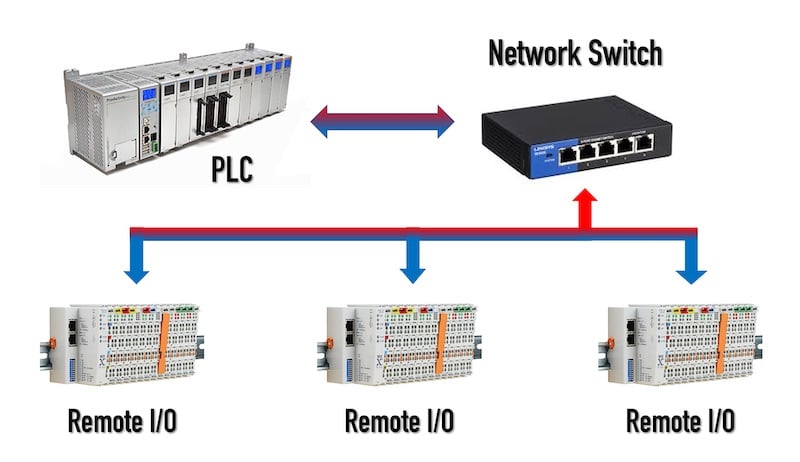Intro to Neutralization Process Control
Learn about the considerations that must be accounted for when designing process controls for pH neutralization. Whether you need to achieve a target pH as part of a manufacturing process or to neutralize a waste stream, pH control is both a common and complex issue in the world of process control. This article presents various … Read more






